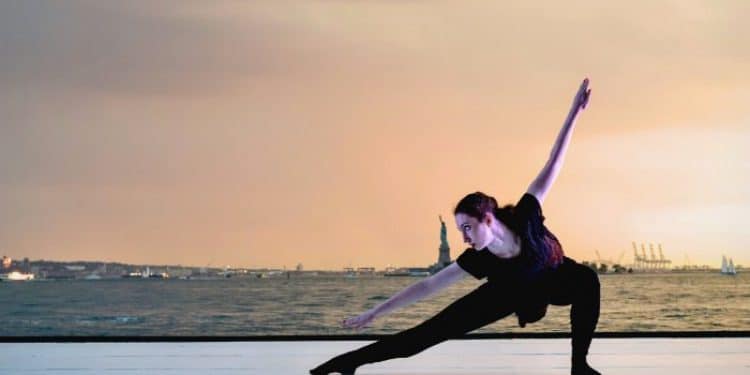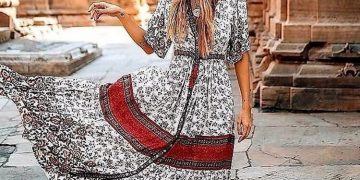Dance is one of the most coveted arts. But what helps a dancer? Imagine a ballet dancer performing elegantly on a stage, holding an Arabesque pose. What are the things one would notice in a dancer during a performance? Talent, grace, style, confidence. And shoes. The shoes which a dancer wears is as noteworthy as their dance routine. Different types of dance forms demand varied attire, accessories, and footwear. But unlike any other footwear, jazz shoes are the only kind that complements a wide range of dance forms. From aerobics and acrobatics to hip-hop, they add ‘jazz’ to any fun dance form.
How to Choose the Best Pair
The best fact about these shoes is that there is always a pair specially made for every dance routine. While everybody chooses their shoes according to their specific preference, there are a few general pointers to make sure a shoe is of good quality. Of the umpteen things that one needs to check, some are non-negotiable, and which are:
- Material
In any shoe, the material is of absolute importance. But while buying shoes in the jazz type, the material becomes a priority. It is because dancers wear out their shoes more than any other shoe-wearer. A dancer’s moves and body balance depends significantly on their footwear. In that case, it is better to buy shoes that are long-lasting and resilient. The material of the shoes comes into play here. While the most common material to manufacture is leather, many also prefer synthetic. Leather offers a longer-lasting pair of shoes. Synthetic, on the other hand, is soft and durable. Both leather and synthetic offer fantastic breathability to one’s feet, thus ensuring that the dancer’s feet do not get worn out easily. Additionally, leather is a better fit if one wants a material that will be resilient to stretching and wear and tear.
- Sole
The sole of a shoe is critical to its structure and wearability. When a dancer is looking for shoes, they need to make sure the shoes’ sole fits their needs. There are several types of soles that one can find in the market. One can also get soles custom made based on the requirement of the performance.
The full-sole shoe covers the whole of the feet with a strip of uncut leather. Contrary to the belief that the full-sole is rigid, it provides secure support and durability. The split sole highlights the arch and is ideal for dance forms such as ballet. Seasoned dancers prefer split shoes since they give a better grip on the dance floor, regardless of the kind of floor.
Suede is a material that is apt for all types of soles. The fabric of suede is the inner side of sheepskin or goatskin. Suede consists of only the soft underside of the skin. So it is more delicate than leather. Therefore, it offers much flexibility.
- Fit
The fit of a shoe is the factor that everybody looks forward to while purchasing a new pair. But while buying jazz shoes, experts and professional dancers recommend that one must not consider shoes that fit snugly. When a dancer is young, they should buy shoes with great flexibility and expandability. Snug shoes tend to compress over time, thus hurting the dancer’s toes when they arch.
Good shoes promise great performances and reduce the negative impact on the dancer’s body. The feet are the most critical part of a dancer’s body since they carry the whole body. Caring for the feet will have a positive influence on the entire body. Good posture reflects on the dancer’s mind, making them look brighter on stage while performing.












